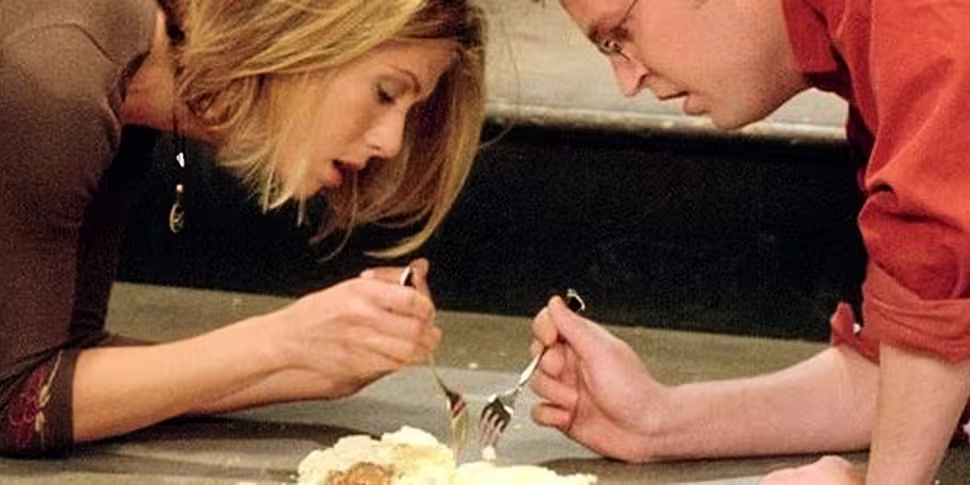Long the mythical urban myth that assuages fears over how contaminated food is that’s fallen foul of gravity’s grip, the fabled ‘five-second rule’ has been proven to be true, according to two NASA engineers.
Speaking to the Science Channel’s The Quick and the Curious, NASA boffins Mark Rober and Mike Meacham have outlined why they believe that science proves there is a legitimate grounding for the popular rule – a maxim so widely used by the public that nine out of 10 respondents to a 2014 survey revealed that would happily eat food from off the floor.
Rober and Meacham claim that it’s all down to the amount of moisture in the foodstuff in question and just which surface it is dropped on that play the determining factors in how many bacteria will be transferred over when we rush to hastily pick it back up.
“The ‘five-second rule’ is really the ’30-second moisture and surface rule,” the NASA scientists say.
“The average bacteria moves along at a speed of 0.00045 miles an hour – 67 times slower than the average garden snail,” Rober revealed.
“When any food flops on the floor certain small amounts of bacteria will jump aboard immediately,” he added.
Investigating the phenomenon, the pair discovered that moist foods left on the floor for longer than 30 seconds after falling from a plate or hand will collect 10 times the level of bacterial transference as food picked up after three seconds.
“E Coli, Salmonella, and Listeria love wet environments. They absorb water for the nutrients they need to grow and multiply,” Rober and Meacham said.
But it is not merely how moist a food is that affects the speed at which a diner must hoist it from the floor, with the surface of the ground playing a key role. Carpet was shown to transfer fewer bacteria than linoleum, because the woven fibres making up a rug actually lead to a smaller surface area touching the food.
Research carried out at Birmingham Aston University also uncovered a “significant time factor” on how bacteria can transfer from floor to food, also showing that carpet was kinder than other surfaces for limiting the spread of germs.
“If you drop that cookie on dry ground,” the engineers reassure us, “You should have plenty of time.”









